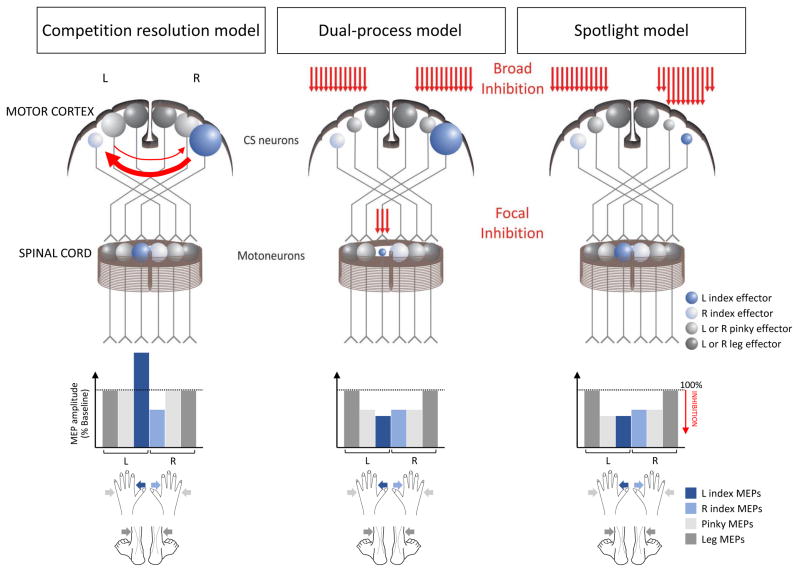Figure 4. Models of preparatory inhibition.
Illustration of the inhibition for competition resolution hypothesis (left column), the dual-process model (middle column) and the spotlight model (right column) in the context of a task in which a cue indicates if the forthcoming response will require a left (L) or right (R) index finger movement (L index finger trial in the current example). Dark and light blue circles are used to illustrate the neural representation of the L and R index fingers, respectively, in the motor cortex (upper panel) and in the spinal cord (middle panel). Dark and light grey circles are used to display irrelevant leg and pinky muscle representations, respectively. The circle size reflects the activation level of the motor representation. Inhibitory influences are displayed as red arrows. The lower panel shows the amplitude of motor-evoked potentials (MEPs) elicited in the L and R index muscles, as well as in irrelevant pinky and leg muscles. Based on the competition resolution idea, activation of the selected (L index) effector produces a selective suppression of the non-selected finger (R index). In the dual-process model, a second source of inhibition is directed at the selected effector, probably at the spinal level, resulting in suppressed MEPs in the selected effector despite increasing activation of its cortical representation. Finally, in the spotlight model, the inhibitory influences are centered on the selected effector, with inhibition extending to adjacent effectors (e.g. L pinky) and, to a lower degree, to homologous representations in the contralateral hemisphere, perhaps through transcallosal connections. The colored arrows point to the feet and hand muscles from which the corresponding MEPs are recorded. For illustration purposes, the spotlight is shown influencing cortical excitability, although this type of inhibition may occur elsewhere. Neither model predicts inhibition of leg muscles, reflecting the idea that the scope of preparatory inhibition may be more narrow during action preparation than action stopping. CS = corticospinal.

